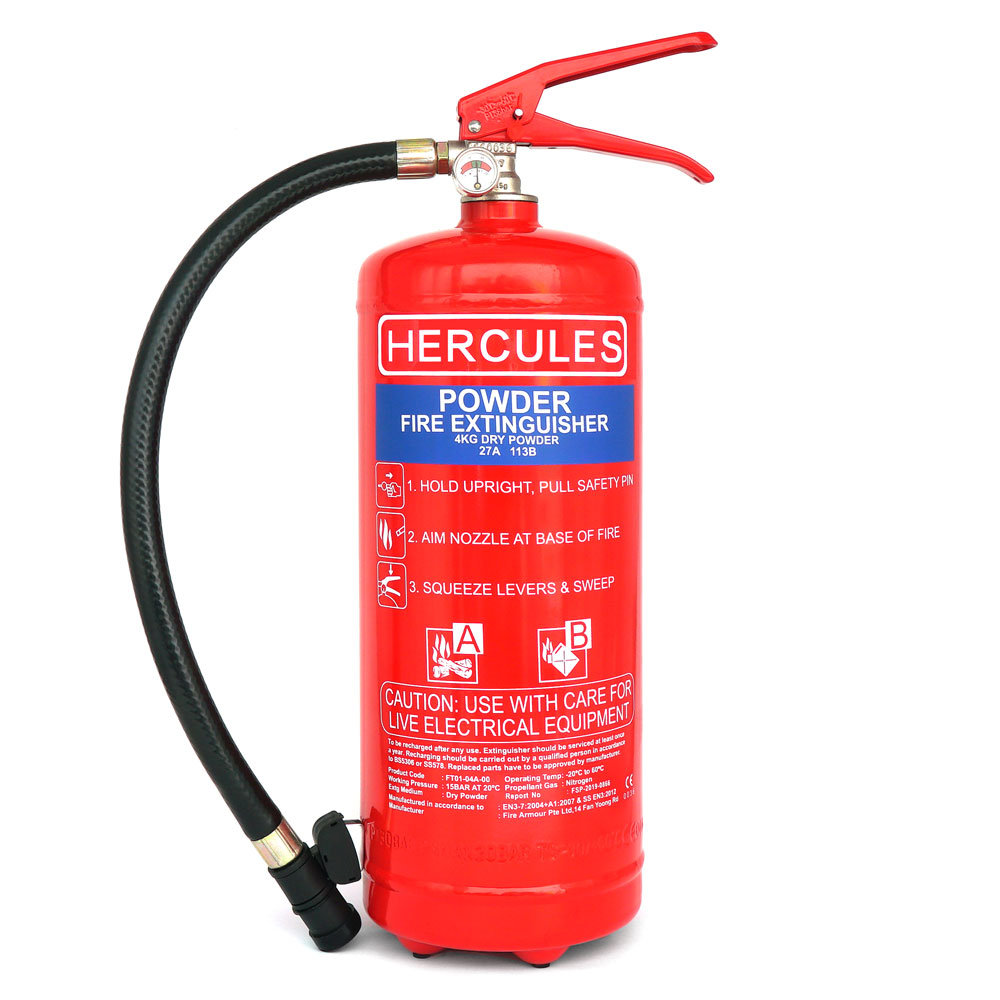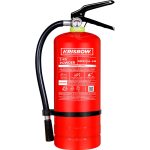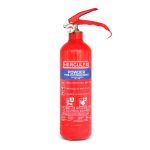Understanding the PASS Technique
The PASS Technique is a simple, effective method to use a fire extinguisher during an emergency. It is vital to understand each step to act quickly and safely in the event of a fire. Let’s break down each component of the PASS technique.
Pull the Pin
To begin, locate the pin on the fire extinguisher’s handle. This pin prevents accidental discharges. You must pull this pin out to activate the extinguisher. Some models may have a lock latch or puncture level, so it’s important to be familiar with the device you are using.
Aim the Nozzle
Once you’ve pulled the pin, grasp the handle with one hand and the hose or nozzle with the other. Point the nozzle at the fire’s base, not at the flames. Targeting the base is essential to tackle the fuel source, not just the flames above.
Squeeze the Handle
With the nozzle aimed correctly, firmly squeeze the handle. This action will release the fire-suppressing agent. Keep a steady grip, and prepare for the force of the extinguisher as it discharges.
Sweep Side to Side
Discharging the extinguisher, sweep the nozzle side to side over the base of the fire. Continue this action until the fire is completely out. Watch the area intently for re-ignition and be ready to apply more suppressant if needed. Remember that the PASS method suits most extinguishers, learn how yours operates.
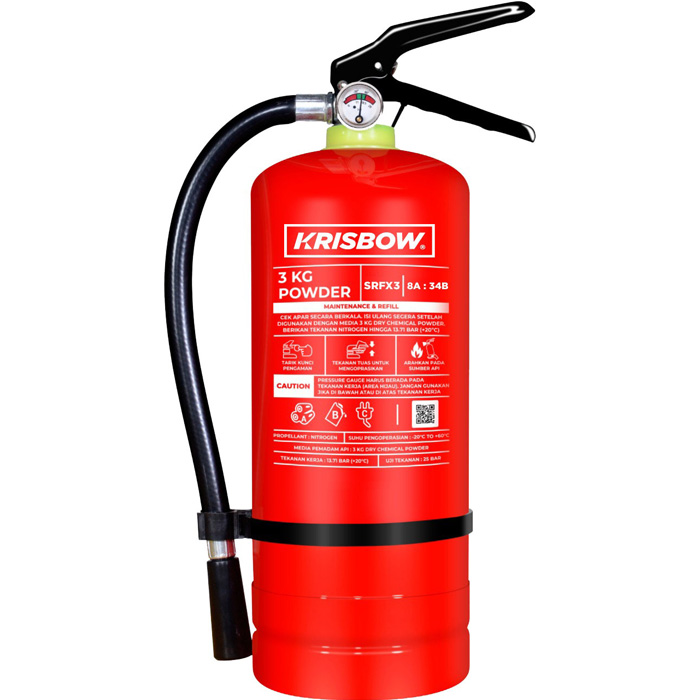
Types of Fire Extinguishers and Their Uses
Knowing the right type of fire extinguisher is crucial for effective firefighting. Different extinguishers work on various kinds of fires. Here’s a simple guide to understanding each class.
Class A: Ordinary Combustibles
Class A extinguishers put out fires in ordinary materials. These include wood, paper, and fabric. It’s a common choice for general home and office use.
Class B: Flammable Liquids
Use Class B extinguishers for fires involving flammable liquids. This category includes oil, gasoline, and paint. They’re ideal for garages and workshops.
Class C: Electrical Fires
For electrical fires, reach for Class C extinguishers. They are safe to use on energized electrical equipment without conducting electricity.
Class D: Combustible Metals
Class D extinguishers handle fires in metals such as magnesium or aluminum. These are typically found in industrial and laboratory settings.
Class K: Cooking Fires
In commercial kitchens, Class K extinguishers are your go-to. They put out fires caused by cooking oils and fats safely and effectively.
ABC Multipurpose Fire Extinguishers
For most fires in a home or office, an ABC multipurpose extinguisher works best. It can manage fires involving ordinary combustibles, flammable liquids, and electrical fires. It’s an excellent all-rounder to have in many settings.
When to Use a Fire Exhaustisher
When faced with a fire, it’s crucial to know whether it’s safe to tackle it with a fire extinguisher. The first step is to assess the fire’s size and potential danger. Read on to learn how to evaluate a fire situation and understand your limits during such emergencies.
Assessing Fire Size and Danger
Before you grab a fire extinguisher, look at the fire’s size. If it’s small and contained, like in a wastebasket, you may be able to put it out. Check if it’s spreading. A fire that’s growing quickly is too dangerous. Next, consider the danger. Are there hazardous materials nearby? Is there a risk of the fire blocking your escape? Answering these questions helps decide if it’s safe to act.
Keeping a cool head is vital. Panic can cloud judgment. Stay calm and judge the fire objectively. If in doubt, evacuate immediately. It’s better to be safe than sorry.
Knowing Your Limits During Fire Emergencies
It’s essential to recognize when a fire is beyond your ability to extinguish. If the fire extinguisher pass method doesn’t put it out or if the fire re-ignites, back away. Your safety is the top priority. If the heat is intense or you can’t breathe due to smoke, these are signs it’s time to leave. Make sure you know where the nearest exit is. Do not attempt to fight the fire if it could trap you.
Remember, always call the fire department even if you think you can handle the fire. They are trained for such situations. Your attempt should be to control the fire until professional help arrives. Never put yourself at unnecessary risk.
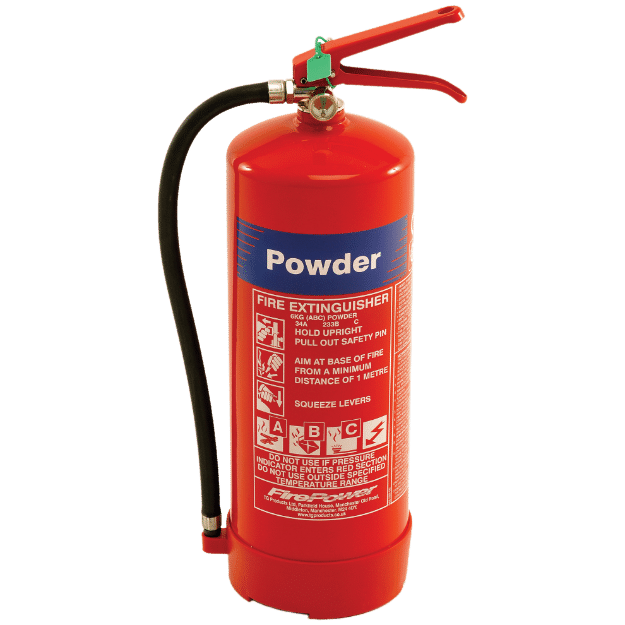
Safety Precautions When Using Fire Extinguishers
Efficient use of a fire extinguisher not only involves the fire extinguisher pass method but also taking stringent safety precautions. These help prevent injury and ensure a safe evacuation if the need arises. Let’s look at critical safety steps in using fire extinguishers.
Evacuation and Fire Alarm Protocols
Before you attempt to use a fire extinguisher, ensure that the fire alarm is activated. This alerts others in the building to the danger and initiates an orderly evacuation. Be aware of all exit routes and do not allow the fire to come between you and your escape path. If the situation escalates, prioritize evacuation immediately. Instruct others to leave the premises quickly and never use elevators during a fire.
Preventing Re-ignition After Extinguishing a Fire
After you have used the fire extinguisher to douse the flames, vigilance is key. Fires can reignite from remaining embers or heated materials. Keep watch over the area for a few minutes to ensure no signs of re-ignition. Should the fire reignite, only attempt to extinguish it again if it is safe to do so. Always have an exit strategy and be ready to leave the area quickly if the fire cannot be controlled.
Importance of Fire Extinguisher Training
Proper training in the use of fire extinguishers is critical.
It can mean the difference between a rapid response and costly delays.
Training provides confidence to act decisively during an emergency.
Knowledge transfer includes both theoretical background and hands-on practice.
Scheduling Regular Training Sessions
Create a regular training schedule for all team members.
Sessions should be frequent enough to keep skills fresh.
Remember to train new hires as part of the onboarding process.
Consider refresher courses after any significant policy or personnel changes.
Compliance with OSHA Regulations
Training ensures adherence to Occupational Safety and Health Administration (OSHA) standards.
Compliance helps prevent potential fines and legal issues.
It demonstrates a commitment to workplace safety.
Regularly review OSHA guidelines to stay informed of any updates.
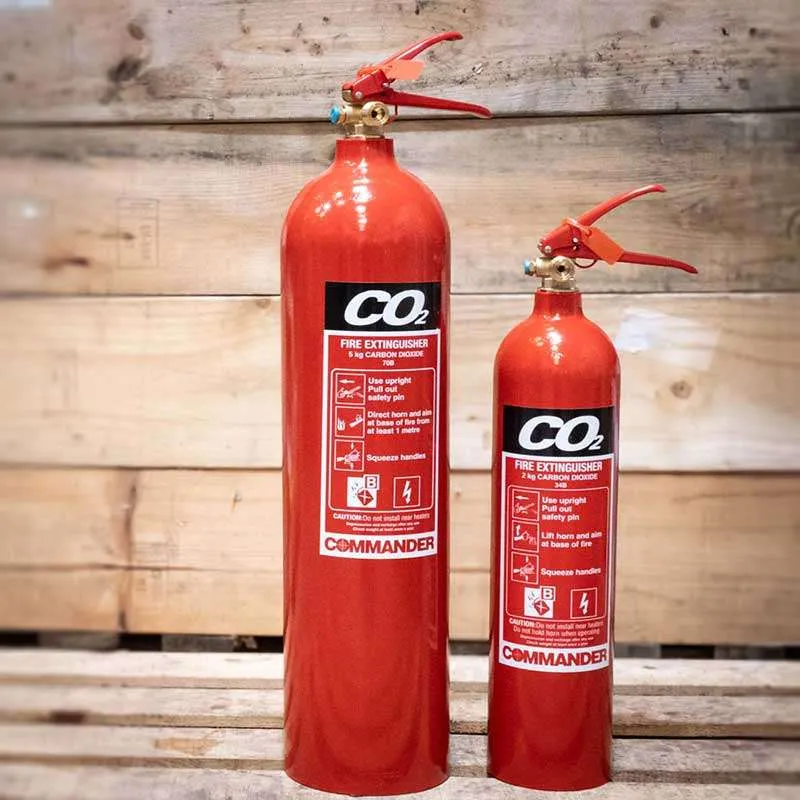
Additional Fire Safety Tips
While mastering the fire extinguisher PASS method is crucial, it’s also important to follow additional fire safety tips for enhanced protection.
Planning and Practicing an Escape Route
Have a fire escape plan in place for your home or office. Practice this route with your family or coworkers regularly. During practice, ensure everyone knows the primary and secondary exit paths. Remember, in case of a fire, get out of the building as fast as possible.
Check that windows and doors open easily for quick escapes. Keep them free from any obstructions. Teach children how to crawl low under smoke and to stop, drop, and roll if their clothes catch fire. Identify a safe meeting spot outside, away from the building. This helps account for everyone’s safety once escaped.
Regular Maintenance and Inspection of Fire Extinguishers
Inspect your fire extinguisher often. Look for a valid service tag and check for any signs of damage or corrosion.
Do a quick check monthly. Make sure the extinguisher is in its designated place, unobstructed, and its pressure gauge shows a full charge. Annually, engage a professional to perform a thorough inspection. This might include checking the internal components and recharging if needed.
Remember to replace any fire extinguisher that is over 10 years old or after use, even if only partially used. Regular maintenance ensures your fire extinguisher will work when you need it most.
